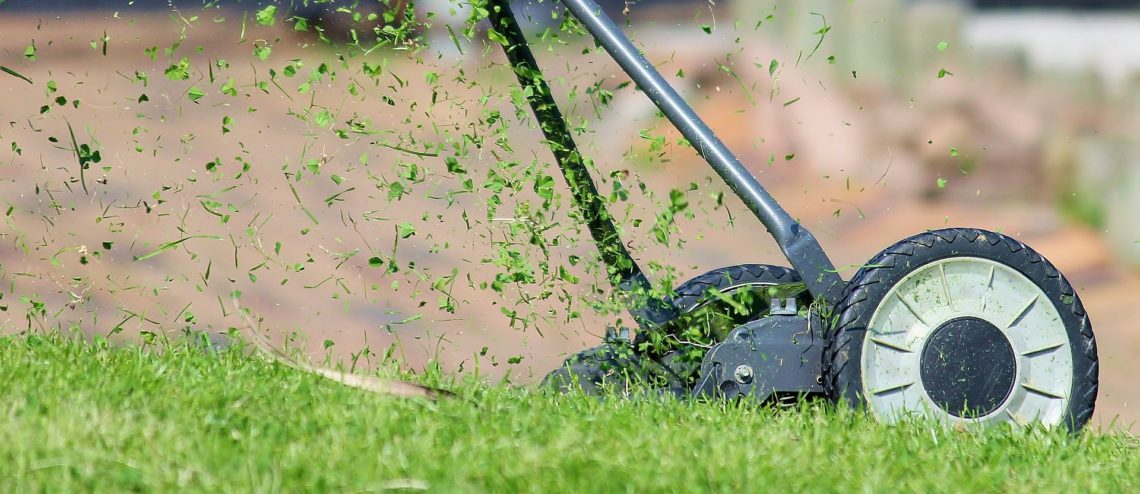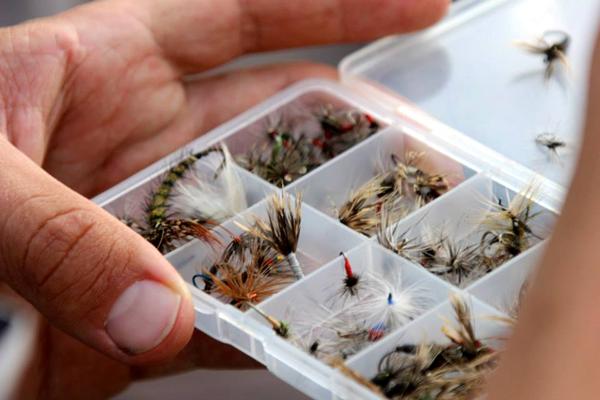by Grace Schultz
Every year millions of people participate in eco-tourism. This occurs in thousands of different ways: backpacking, packrafting, flying, swimming, drives, cruises etc. People go to experience nature in the raw. But then, often, they come back from their vacation to a concrete city and urbanized place: void of all natural qualities and filled with fast paced technologies. The warm sand and cool water become a distant memory. Away from that raw nature we easily hold connotations for the natural world as these far away fantasies where one can only visit. However, a natural world surrounds us if we open our eyes. This world could be more attainable with a few modifications.
The world we live in also has a finite source of freshwater at any one time. Although water does recycle itself through the water cycle it is finite. In some places, like Minnesota, the thought of being on a water ration is laughable. The land of 10,000 lakes rarely needs to worry about their water usage, but just a few states down river water actually is deeded out to riverfront owners (“Water Colorado”). California was in a massive drought from 2012-2016 and so have many other western states (California Water Science Center).
Much of our fresh water goes to drinking, cooking, cleaning, and plants. But there is one place our water is going that doesn’t make sense economically or logically: our grass lawns. Take into perspective how many times the media tells you to not consume something because of how many gallons of water it takes per item. If t-shirt A requires X# more gallons of water than t-shirt B we would logically choose B. It seems very logical to choose the option that uses less water when possible because water may recycle itself but it is easier and more financially responsible to use less in the first place. Many companies are jumping on the bandwagon of becoming more environmentally friendly such as RealThread. According to one of their workers, Joey, they choose to work with t-shirt providers who use as little water and chemicals as possible to make their overall environmental footprint smaller. They create wholesale t-shirts for companies meaning that people don’t have to promote the environmental damage other companies cause if they do not wish to.
In the united states, people use an average of 32,850 gallons per capita every year (“What Is the National Average Water Usage Per Person?”). And about 30% of this water is used on our grass lawn on average (“Outdoor Water Use in the United States”, 2006). Grass lawns provide little benefit to us other than the simple and timeless look of greenery and a soft place to walk or lay. They do not give us fruit or anything to harvest. They do not offer pollen for pollinators. They require tons of other resources to maintain their superficial beauty such as “regular fertilization, proper irrigation and increased activity of beneficial soil microorganisms” (Hansen, 2019). Nitrogen, phosphorus, and other types of fertilizer are used to make the grass thick and lustrous leading to other environmental consequences. Besides simplistic beauty they do not provide any other sort of beauty that comes from butterflies or a variety of native wildlife that can be attracted by native plants.
Gas powered mowers are used to prevent overgrowth but these machines cost hundreds to buy and more to maintain. Many people can get away with mowing their lawns twice a month but when the rains are frequent and have hot and drying days in between people may have to mow twice a week! Living in the Midwest, I have experienced these weeks first hand. Cutting the grass with a riding lawn mower requires gas, oil, and other environmental toxins to run the machine. Additionally, the time it takes to cut the grass could be spent doing many other more productive or beneficial activities. Many people also collect their lawn clippings in bags and then put them in our landfills. This creates many problems, such as the fact that “bagging grass consumes far more energy, if you think about the waste from making the grass bags and transporting heavy loads to the dump. Once they get to the landfill, the nutrients that could go back into the soil are totally wasted. The minerals and any pesticides used to treat it decompose and eventually seep into groundwater supplies” (Conger, 2008).
What if we had lawns that did not require half the time commitment as grass lawns? What if there were a way to have a beautiful yard and turn it into a pollinator haven or grow vegetables and fruits to use throughout the year? Where water was being used for tangible rewards and kept a majority chemicals, many that cause costly long term damage, out of our waterways. Where not only are our yard providing us with food but are supporting the natural animals around us. Lawns really are only used to make our properties look nice, but what looks better than a variety of bird and butterflies out your front window? Our lawns have so much potential to provide for us and help sustain us. The natural world in all its beauty and fruitful opportunities, water and its life sustaining mystery; these things combined and one has no bounds.
People across the nation are already starting to get the idea and begin the metamorphosis of their lawns. In Alaska, the state government offers re-vegetation projects for those who decide planting native plants is the route they would like to take and where they can attain these seeds. Additionally, they have registration for those who grow these native plants and have opportunities to work with the state (“Department of Natural Resources Division of Agriculture”). In Arizona, many companies are popping up to promote more native plants for yards. Organizations, from private businesses to larger ones such as the University of Arizona, offer not only a place to purchase plants but design landscaping plans. A main point of University of Arizona’s Agriculture and Landscaping department is “if it cannot sustain itself after plantings [than what is the point?]” (“Desert Landscaping :: Arizona.edu”).
Vegetable plants are very easy to grow and their are a variety of very hardy plants that can grow in a variety of biomes. Starting from seeds is cheaper than starting from seedlings. Some plants that I have seen the best pay off from are things like tomatoes, beans, peppers, and kale. These are very versatile and offer high harvest rates. Additionally, gourds, melons, strawberries and apple trees require very little maintenance too and provide end of season reaping.
Native plants, fruits, and vegetables covering our yards would greatly lower the financial cost of living for many. Water bills could be lower based on plants planted; additionally our lawns could be providing food leading to lower grocery bills throughout the summer. This could lead people to canning their own produce again. The issue of wasteful spending for families could be solved by changing the overall makeup of our yards. By yielding something useful from our yards we no longer throw the money spent on water and other resources away.
There is more solved with reconfiguration of our lawns than only wasteful spending: more habitat restored! If lawns are morphed from green blankets to natural prairie, pollinator gardens, wildflower meadow, if it is a shady area one could even have a moss yard! All of these are way more beneficial than your standard Kentucky Bluegrass (Minnesota standard) (“Outside Pride”). As the population grows every day society continues to expand and grow outward, encroaching on more natural habitat. But by having our yards as the natural habitat of the area we promote a healthy ecosystem.
We maintain the status quo of highly kept, plush, green, ground blankets to impress our neighbors, friends, and family. Stereotypically nice yards add to our property value while continuously siphoning money and time (“the average homeowner will spend 150 hours a year maintaining their lawn”). And “per acre, it costs more to maintain a lawn than it does to grow corn, rice or sugarcane,” “more than 40 billion dollars are spent on the lawn in North America each year” (“America Spends More Money on Lawn Care than Foreign Aid: Why We Need Less Lawn”, 2009). Our society constantly struggles to decide what is more important: money, appearance, or the appearance of money. The connotation with beautiful yards is often that of some kind of wealth or hard-working characteristic for the owner. But it is wasteful spending of time and energy. If one wants to have more money they would want to save money where possible and optimize their time partaking in activities that will continue to benefit them in some way. Granted, maintaining the average grass lawn may be somebody’s favorite activity and it might give them pleasure but they can maintain a yard that is also beneficial to the environment around them and get similar, if not almost identical, pleasure.
One of the hardest parts of creating a change like this is that the status quo is what is stopping this improvement. It would be incredibly hard to make these changes and not disrupt the status quo because what is being proposed is a change of the status quo. But without disrupting the status quo we wouldn’t be truly changing anything, would we?
If lawns across the U.S. were all converted into some form of native habitat, garden, or combination of the two, the average American could save hundreds on water and dozens of hours annually.
If lawn is replaced with appropriate native groundcover and watered overhead with [rotating sprinklers] 10 minutes per week after established (a couple of months), 100 gallons/month $.20-.40 (30cents)/month. Native plants require much less maintenance as they are already native to that climate and biome.
$3-$5/month.
If the lawn is 20′ by 50′, or 1000 sq. ft., ( most yards are about 3000 sq. ft.) and is watered 10 min. once/day, you will use about 8400 gallons/ month at a cost of between….$8.00 to $19.00/month(Garden Costs).
$96.00 to $228.00/year
According to the Penny Hoarder, by growing your own produce it is possible to save $600+ a year on produce. Turning yards into garden space can cost less than $100 as long as one is willing to put in some physical labor and start with seeds. This saving will then continue year after year as the produce grown will provide the seeds for next year (Piper, 2017).
Costs of native plant filled yards are less annually to maintain than the current standard With this in mind, the combination of native plants with food bearing plants the amount of money people could save in the long term is endless!
Many people, however, do not care to add to the restoration of habitat because they do not see the immediate benefit of such an action. This is a sad reality for many conservation efforts. And there are minds that will never be swayed simply because the upfront cost and work required to change over all of our lawns will be expensive, but the long term is where we all save money. A point that all naysayers should consider before dismissing this idea fully is that when native species are given the appropriate spaces to continue their lives they are less likely to interfere with man made infrastructure. Animals don’t want to live in houses because it seems like fun but because their first choice habitat is not available and their instinct is to do what it takes to survive.
While there are some immediate financial drawbacks of putting the changes into action the long term is so much more beneficial! If society accepts these ideas and they are able to be enacted nationally, and potentially globally, then we would restore hundreds of acres of natural habitat, save thousands on groceries and water, and promote the idea of self sustainability as a viable option for millions of people.
References
America Spends More Money on Lawn Care than Foreign Aid: Why We Need Less Lawn. (2009, May 15). Retrieved from https://peoplepoweredmachines.wordpress.com/2008/12/16/america-spends-more-money-on-lawn-care-than-foreign-aid-why-we-need-less-lawn/
California Water Science Center. (n.d.). 2012-2016 California Drought: Historical Perspective. Retrieved from https://ca.water.usgs.gov/california-drought/california-drought-comparisons.html
Conger, C. (2008, June 09). Which is greener, bagging your grass or leaving your clippings there? Retrieved from https://home.howstuffworks.com/mulch-vs-bag-grass.htm
Department of Natural Resources Division of Agriculture. (n.d.). Retrieved from http://plants.alaska.gov/nativeplantindex.htm
Desert Landscaping :: Arizona.edu. (n.d.). Retrieved from https://desertlandscaping.arizona.edu/
Garden Costs. (n.d.). Retrieved from https://www.laspilitas.com/classes/front-yard-costs.htm
Hansen, J. (2019, January 23). Why, When and How to Apply Lime to Your Lawn. Retrieved from https://www.pennington.com/all-products/fertilizer/resources/does-your-lawn-need-lime
E. (2006, October). Outdoor Water Use in the United States.
Outside Pride. (n.d.). Retrieved from https://www.outsidepride.com/seed/grass-seed/State-Lawn-Guide/Minnesota-Grass-Seed/
Piper. (2017, March 14). How a Backyard Garden Could Save You $500 on Groceries. Retrieved from https://www.thepennyhoarder.com/life/grow-your-own-food/
Water Colorado. (n.d.). Retrieved from http://watercolorado.com/faq/
What Is the National Average Water Usage Per Person? (n.d.). Retrieved from https://www.reference.com/world-view/national-average-water-usage-per-person-e5768e4c5cb14b34





